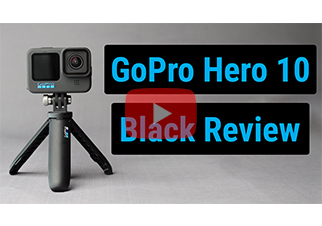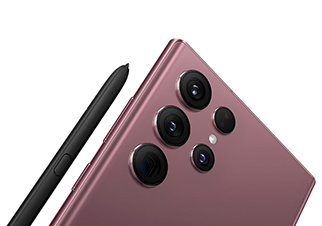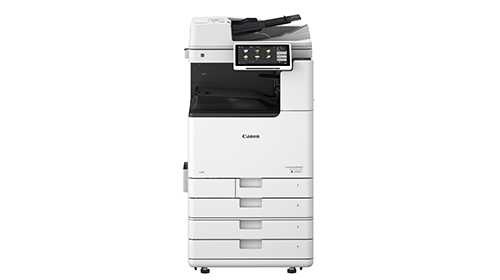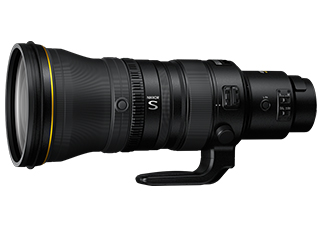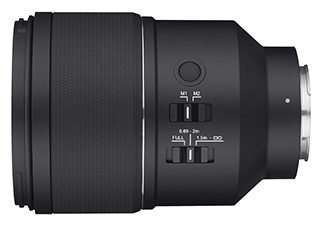The new AF 135mm F1.8 FE from Samyang is a fast-aperture prime telephoto lens developed for full-frame Sony E Mount cameras but also compatible with Sony APS-C mirrorless cameras.
Since its release in 2015, the Samyang MF 135mm F2.0 ED UMC has been a popular telephoto lens due to its high resolution. Originally regarded as a portrait lens, the MF 135mm evolved to become popular for landscape and astrophotography photography as well. As a result, Samyang Optics has chosen to develop an AF evolution of this lens, increasing convenience for all users and photographic genres.
Samyang Corporation, which recently extended its autofocus F1.8 series line-up, has developed the AF 135mm F1.8 FE lens, which is packed with numerous extra functionalities to fulfil the new expectations of many individuals who previously used the MF 135mm F2.0 lens.
The new AF 135mm F1.8 FE telephoto lens is ideal for portraiture, astrophotography, landscapes, and video. It incorporates well-known features like the Focus Lock Button and Custom Switch, as well as Samyang’s new Focus Range Limiter switch. With the addition of the new AF 135mm F1.8 FE, Samyang’s Auto Focus F1.8 FE series now includes: 24mm, 35mm, 45mm, 75mm, and 135mm focal lengths, completing the range from wide-angle to telephoto.
Excellent Resolution
Unrelenting use of Samyang’s most modern optical technology has resulted in a large-aperture prime telephoto lens with exceptional corner-to-corner resolution. The AF 135mm F1.8 FE has a full-frame angle of view of 18.9 and an APS-C angle of view of 12.5. It has a brilliant maximum aperture of F1.8, which is preferred by full-frame camera users. The optical design of 13 components in 11 groups, in particular, achieves optimal resolution (1 U-ASP, 2 HR and 3 ED). When combined with Sony’s full-frame image sensor, this lens produces images with exceptional sharpness and contrast in all areas.
Capable of producing incredibly shallow depth of field with gorgeous bokeh
To achieve perfect background blur, the AF 135mm F1.8 FE has a wide aperture. By employing a short depth of focus, it effectively separates the subject from the backdrop. It also has a UA (Ultra-precision Aspherical) lens, which produces natural and polished bokeh. With this smooth bokeh, you can easily create photographs that showcase your subjects against breathtaking backdrops, whether you’re shooting portraits, close-ups, or cityscapes.
Capable of generating extremely shallow depth of field with stunning bokeh
The AF 135mm F1.8 FE offers a large aperture to provide excellent background blur. It efficiently isolates the subject from the background by using a shallow depth of focus. It also sports a UA (Ultra-precision Aspherical) lens for natural and refined bokeh. You can simply produce images that showcase your subjects against gorgeous backdrops with this smooth bokeh, whether you’re shooting portraits, close-ups, or cityscapes.
Autofocus performance that is both quick and silent
When recording video, the AF tracks the subject precisely and rapidly, and it also runs silently and smoothly. Samyang’s Linear STM (Stepping Motor) provides photographers and videographers with quieter and more precise focusing lens group control.
Improved operability and dependability
Customizable features include the Focus Hold button, Custom Switch, and Focus Range Limiter. Overall, this is a lens that meets and surpasses professional control and dependability requirements for both stills and movies.
1) Press the Focus Hold Button
By pressing this button on the lens, you may keep it fixed at that focusing distance. In the camera body’s settings, you may apply functionalities like Eye AF.
2) Personalized Switch
There is a custom switch that can be adjusted to allow quiet aperture adjustment by twisting the focus ring. Using the optional Lens Station, you may customise the setting to your liking*.
(*In the future, more functionalities will be added via firmware upgrades.)
3) On/Off switch for the Focus Range Limiter
The Focus Range Limiter is only available in AF mode, however it can help to speed up focusing once the distance from an object has been determined:
To select the focus range, slide the Focus Range Limiter forward or backward as shown:
FULL: The autofocus range is set to infinity and the minimum focus distance of 0.69m.
0.69m – 2m: The AF range is adjusted between 0.69m and 2m, making it ideal for close-up photography.
1.5m – : The AF range is set at 1.5m to infinity, which is enough for most shooting situations.
0.69m is a short minimum focus distance
Despite the fact that this is a 135mm telephoto, Samyang has efficiently controlled aberration at all focusing distances. It also features a close-up lens with a minimum focus distance of 69cm (2.26ft) and a maximum magnification of 0.243x. Small accessories and other things can be photographed with high resolution and gorgeous, soft background bokeh.
Weather-sealing and modern design
The AF 135mm F1.8 FE was designed and improved with the user’s shooting environment in mind, as well as the design characteristics. It includes a micro-patterned rubber focus ring that is comfortable to use, and the weather-sealing protects the lens from mild rain, snow, and dust.


